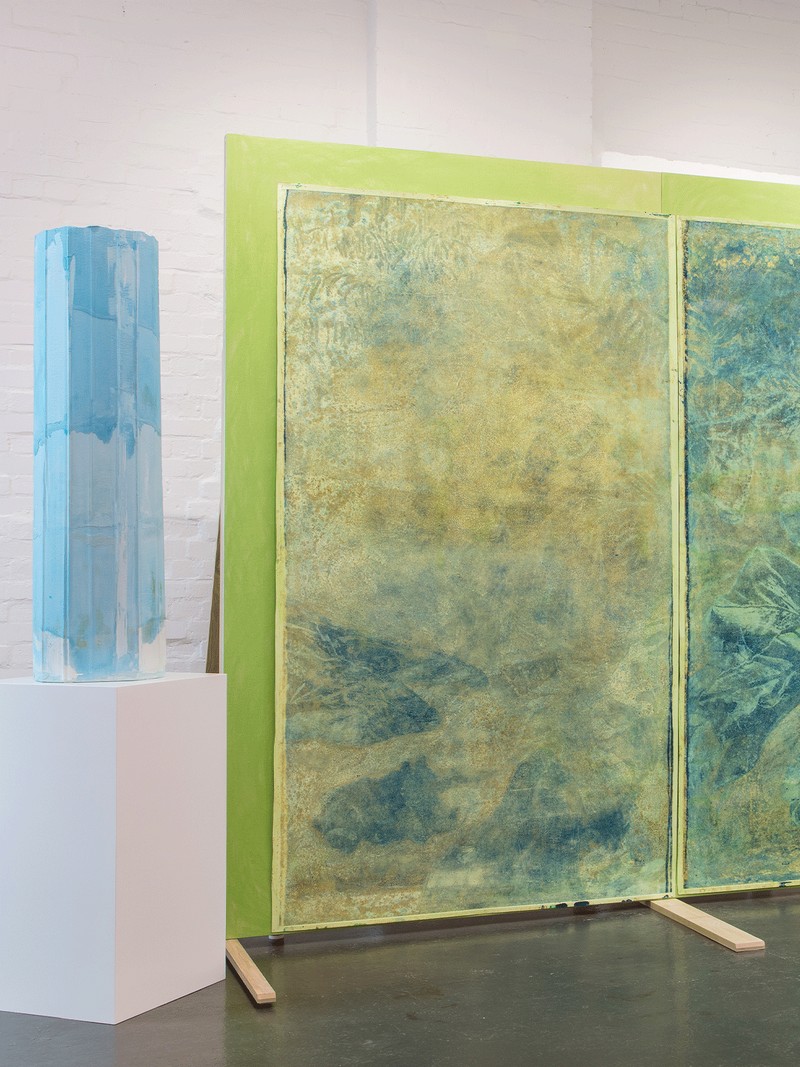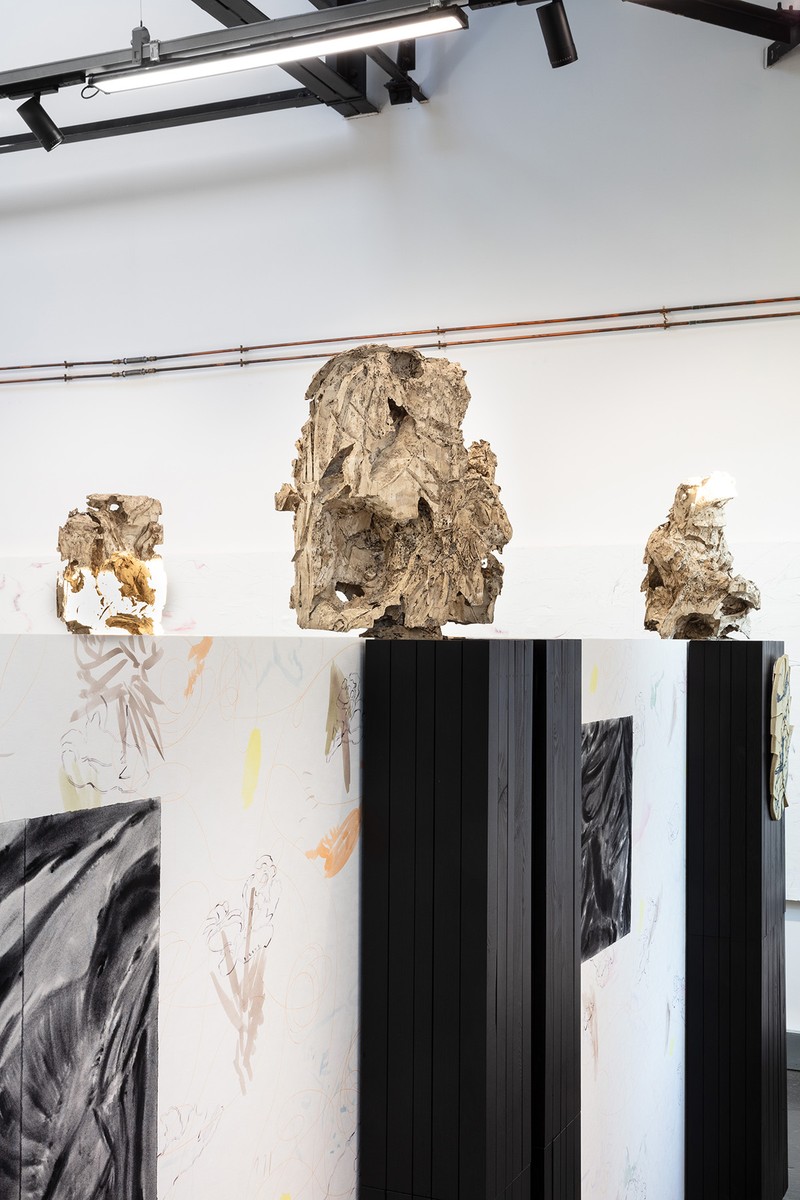What To Invest In: Art
First up, why do you think people tend to collect art?
We see a range of people with a range of reasons. Of course you get people in it for purely financial reasons; they buy an artwork that goes into storage and they wait for it to accrue value. Mainly, you see people who do it for a combination of financial and other reasons. We also work with collectors who purchase a piece mostly for its artistic value.
Starting with the financials, what makes art stand out as an alternative investment?
The art market is uncorrelated to mainstream markets, so in times of uncertainty art tends to do very well. It’s a way for people to insulate and diversify their capital – they can reduce the risk element because of the uncorrelation with bonds, equities and so on. It’s also a hedge against inflation. Unlike a lot of alternatives, art is usually non fungible. Art can become very personal to a collector, as well as being something that’s tactile and there to be enjoyed.
And what are those non-financial reasons for collecting?
There’s a concept called ‘psychic returns’. It was devised by some academics trying to figure out the non-financial returns of art. They wrote a whole thesis about it, but essentially I think they calculated there was approximately a 28% a year psychic return on artworks. That’s the joy of looking at it, it becoming part of your life, and you potentially learning something from it. There’s also the idea of ‘cultural kudos’. There’s a great pride and joy in showing something off to your friends. Because a piece of art tends to be unique, you tend to be one of the only people to have it. Looking ahead, you can also leave your art collection as a legacy to loved ones. I see it a lot, works being passed down through families. Building your collection can also become a lifestyle – it’s a social thing going to shows, meeting like-minded people – and there’s another good feeling that comes from supporting an artist in their career. The art market is uncorrelated to mainstream markets, so in times of uncertainty art tends to do very well.
What do you need to get started?
To start is to do, I always say. You don’t need to be an art expert to get going. Learn by collecting. Find a gallery you can trust, and they can talk you through the process. They will also do everything for you. All you should have to do is choose a piece, purchase it and enjoy it in your home or office or wherever.
For a gallery to give you its time and expertise like that, what sort of budget are we talking?
You can start with the low thousands of pounds and collect validated, acclaimed artists. You also don’t have to jump in straightaway with everything you’ve got. I’d advise doing a test, see how it goes, get to know the market and build over time.
Is there anything someone just starting out should be careful of?
Be careful of fads and trends. There are plenty of examples of artists doing incredibly well, prices going right up at auction, and then dropping. Instead, I’d look for substance, because it sticks. That means artists who have that art world validation. They’ve gone to top art schools, they’ve been exhibited at the revered galleries, and institutions like the Tate, MoMA in New York or the Centre Pompidou in Paris are acquiring their work.
And what can give a collector an edge?
Look for what are known as seminal, museum-quality works. These are the pieces that an artist is known for. It’s all about innovation – find the pieces that show an artist working in a game-changing new way for the first time. I’d also look for works with an exhibition history, i.e. ones that curators have chosen specifically for exhibitions. Works with that kind of history behind them are powerful pieces to acquire. They’ve got an extra magic to them. Another tip would be to find an ambitious gallery, one that’s got big plans to promote its artists.
How important is it to have ‘an eye’? And is that something that can be acquired?
A lot of new collectors think they have to be able to understand an artwork just by looking at it briefly. That’s a myth. Even the most highly trained professionals often need to read about a piece or listen to the artist to understand a work. Don’t beat yourself up if you don’t get an artwork instantly. You’ll learn something every time you go to a gallery or an art fair, every time you add a piece to your collection. It’s about having an open mind, not an eye. If you have that, you might find art has a deep way of inspiring us and helping us think differently. No one’s going to ‘complete’ art or get to the bottom of its beautiful mystery, but the process of trying can be a fun one.
Someone’s just bought an artwork then. What happens next?
It’s no secret in the art world that there are more precious treasures held in storage by private collectors than there are in public institutions like the Tate and so on. That’s a great shame, even if it’s understandable with very high-value pieces. We’d encourage people to hang their artwork in their home and, when they get the chance, to loan their artwork to exhibitions because that’s great for exposure, for helping an artist grow and for shaping the cultural landscape. Once you have a collection, you can start to rotate pieces, change them around every few months – that’s fun and keeps things fresh.
You mentioned storage and insurance – what are the costs of maintaining a piece once it’s yours?
Storage varies, though we subsidise this for our collectors. You might also want to add a piece to your contents insurance – or get special insurance if it’s a more expensive piece – but that’s surely a small price to pay for knowing it’s safe. We can also show people how to clean a frame and look after their artwork, and there are some obvious tips we always share around not hanging a piece in a kitchen or bathroom or in direct sunlight and so on.
Is it possible to ‘flip’ art? Or is collecting a long-term game?
Flipping art isn’t encouraged. Collectors who do that can get a negative reputation or even be blacklisted. We recommend holding a piece for at least three to five years. That tends to make sense financially too because it gives the artist time to continue to build their reputation, strengthen that validation and generally become more successful. There is a lively secondary market in art but often, because the number of works by any given artist is low, it can be hard to get back into an artist once you’ve got out by selling – all the more so if their prices are going up.
Why do people tend to sell then?
Death, divorce and debt – there will always be financial reasons for selling. Sometimes collectors want to rotate too. Maybe they’ve achieved their investment goals for a particular piece and want to move on to support the next wave of artists.
We’ve talked about avoiding fads, but are there some deeper trends that are changing the market right now?
There’s a big trend for ultra-contemporary artists. People are fervently looking for the next big-name artist and the point at which they’re willing to buy is getting earlier – because they want to get in there first. These are young artists, so the price points are relatively accessible. They’re exhibiting in institutions, but there’s still a lot more to come. They’re evolving and growing, but one day they could very likely be a very big name, and their works will be big-ticket, blue-chip works. Blue-chip works are ones whose price will steadily increase over time – because there’s only a finite amount of them.
Give us an example of one of these ultra-contemporary artists…
One of our artists, Theodore Ereira-Guyer, had his auction debut at Phillips earlier this year. His high estimate was £8,000 and he sold for just under £50,000. That’s a massive increase. Some of his work is going to auction this month and we’re hoping we might see something similar again. Theodore is in his early 30s. He went to the Royal College of Art and he’s exhibited around the globe. The key for him is that very early on he was collected by institutions. The British Museum and the V&A both collected work from his final-year show, which is very rare. Since then he’s been bought by more and more institutions.
And how did you come to be a player in the art world, Ed?
I studied fine art at university, then I took my master’s degree at Christie’s Education, which taught me the fundamentals of how to build a business in the art world. I was in London, always seeing exhibitions and making contacts – it was a great time. Through the Christie’s network I met some ambitious investors who wanted to start a gallery from scratch. I wanted to do the same thing, so we set about looking for artists to work with and represent. Over the last eight years, we’ve built a powerful roster of talent from all over the world.
And the role of the gallery is to promote and ultimately sell the works of the artists on that roster?
Exactly. We do that through exhibitions: two in Amsterdam last year, one in Lisbon this year, another coming up in Brussels at the end of the month, then Sao Paolo at the end of the year and Madrid next year. These are all international epicentres of art, with the best art schools and the best studios. We take our artists there, and everyone learns and grows together.
So the gallery is a kind of matchmaker between artists and collectors?
The collector, the gallery and the artist work in a mutually beneficial way. The artist makes the work; the gallery helps them through exhibitions, paying for their studios and there’s an element of emotional support too; then we sell the works to collectors, who might be buying them for various reasons. The artists aren’t marketeers or business people – they need to focus on their work – so that’s where we come in.
Do you keep a roster of collectors like you keep a roster of artists?
Yes. We’ve got a roster of artists which we're growing all over the world. The ethos is: artistic talent first, then the rest will fall into place. We also have a database of collectors, and we try to be accessible to all. Anyone who wants to learn can come and see us – we don’t have waiting lists and we don’t turn people away.
Are you saying the art world isn’t as fusty or closed-off as some might think?
Yes. A good gallery will help you access the market. Whether you’re looking at art as an investment, a lifestyle choice or both, it can help you through the buying process, showing you how to navigate things with the right amount of respect, endeavour and expertise.
Do you collect art yourself, Ed?
I do. It can be a really enjoyable process: you get a feeling you must own something and then you satisfy that feeling. It can also be quite addictive – you’re always thinking about the next piece. On the other hand, if you miss out on a piece for whatever reason – too slow, outbid, bad timing, whatever – you can feel a regret that it takes a while to move on from. I collect for pleasure but, because I invest in quality – in artists who have achieved something in their field – the pleasure goes hand in hand with the investment potential.
How does being a collector sit with also working for a gallery?
I did a lot of collecting early on, because it’s trickier now. You can’t nab all the pieces before you sell to your collectors!
Any favourites among the pieces you own?
I was fortunate enough to (literally) pick up a poster from a gallery exhibition in Berlin, which was a collaboration between a couple of very famous artists: Félix González-Torres and Christopher Wool, whose seminal artworks sell for millions of pounds. At the time, visitors could take one poster from a pile on the floor, until the exhibition was over. This was all part of the artwork and its concept. I once won a piece by another well-known artist, Brian Calvin, at a global auction-predicting competition. It’s a piece of a person smiling, which I guess is what I was doing when I heard I’d won it.
Thanks a lot for your time, Ed. Last one – what do you think the art market will look like in five years’ time?
Tech’s going to play more of a part, of course. Even before Covid, auction houses had invested heavily in online tech, so people around the world can take part in sales. If you’re in London, the Sao Paolo market isn’t going to seem so far away. I also think VR headsets for experiencing art are coming soon – they should be so much more immersive than looking at photographs of artworks. Social media’s going to become a bigger way of promoting and selling works. At the very top of the market, we might easily see the first billion-dollar artwork – the record is currently $450 million for Leonardo da Vinci’s Salvator Mundi – even though the debate about its authenticity continues. Art is a unique cultural commodity with a universal quality that makes it attractive to the wealthiest parties around the world, who are going to continue investing in it – because whether or not that Leonardo is his, it probably makes sense to buy it because of the visitors it can pull. If a rising tide lifts all ships, you might see prices climbing for the right ultra-contemporary artists too.
Elizabeth Xi Bauer has a permanent gallery space in Deptford where it puts on challenging and ambitious exhibitions showcasing emerging and renowned artists. It also organises international pop-up exhibitions around the world. Find out more at ElizabethXiBauer.com
DISCLAIMER: We endeavour to always credit the correct original source of every image we use. If you think a credit may be incorrect, please contact us at [email protected].


/https%3A%2F%2Fslman.com%2Fsites%2Fslman%2Ffiles%2Farticles%2F2023%2F08%2Fcredit-elizabeth-xi-bauer-gallery-london-artist-nameuriel-orlow-120-years-01.jpg?itok=VWnxZjyM)
/https%3A%2F%2Fslman.com%2Fsites%2Fslman%2Ffiles%2Farticles%2F2023%2F08%2Fed-sheldrick-gallery-image.jpg?itok=lEgDc3Eg)


